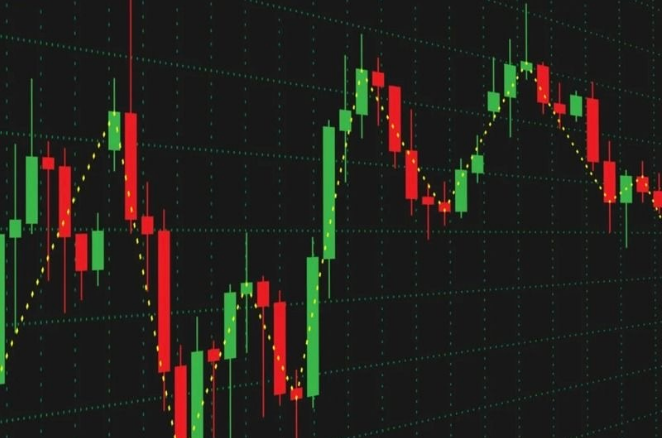Money management is part of the pillars that will determine survival and success in binary options trading. Successful traders on Quotex are those who can control and plan in terms of capital management. The best money management strategies that have proven to be effective shall be highlighted in the article. Allocation of funds is the first step in money management. Never risk 100% of your savings. Ideal division is 70% for emergency, living, and miscellaneous expenses, 20% for long-term investing, and up to 10% for trading. This principle keeps trading from disrupting the overall financial stability.
Risk per trade should be limited to a maximum of 1-2% of total capital. For a total capital of $1000, the maximum risk per trade is $10-20. Conservative as this rule is, it allows traders to survive extended losing sequences. With a 60% winning percentage and a risk of 2%, traders can lose as much as 20 consecutive trades. Consistent position sizing is more important than adjusting with confidence levels. Most traders make the mistake of increasing position size when they are confident, thereby exposing themselves to greater risk. Stick to pre-decided position size regardless of your confidence level regarding the trade.
Compounding strategy can maximize growth in capital. Rather than withdrawing profits on a periodic basis, reinvest profits to build up position size. Gradually compound, however, such as growing position size each time that capital rises by 25%. Aggressive compounding can lead to overexposure. Spreading capital across assets and time frames reduces risk. Do not place all trades on the same asset or the same strategy. Spread risk across forex, crypto, and commodities. Trading across different time frames also spreads because each time frame picks up different movements in the market.
Drawdown management is a necessary survival skill in the long term. Drawdown is a fact of life for all traders, it’s a matter of learning how to come back from drawdown and manage it. Establish a drawdown limit of 20% of peak equity. When the drawdown reaches the limit, close trading and adjust the strategy. Profit taking strategy should be thoroughly planned. The majority of the traders are good at profiting but not profit saving. Set realistic profit targets and take partial profits on reaching the target. Avoid being greedy and continue trying to maximize every single move.
Emergency funds that are kept apart from trading capital are extremely crucial. Emergency funds of 3-6 months’ worth of living expenses should be kept at all times and should never be utilized for trading. Keeping them separate guarantees that trading choices are made independent of financial necessity. Scaling up capital must be done increasingly and in a systematic manner. Increase position size only after having been profitable consistently for quite a while.
Proper record keeping enables tracking of money management effectiveness. Record every trade with size of position, risk applied, and profit/loss. Check if you are adhering to money management rules always. Where you go off track, identify the point and correct it.
Psychological considerations in money management are extremely important. Lack of fear can result in position sizes that are too small, while greed results in position sizes that are too large. Develop a psychological balance and follow established rules regardless of feeling.
Withdrawal strategy must be long-term and should never impact the trading performance. Allocate a percentage to withdraw regularly, for instance, 30% of monthly profit. Withdrawals that are too frequent or too high will reduce the compounding advantage and limit growth potential. Margin of safety trading idea is always having a backup plan. Never bet everything on a single trade or tactic. Always keep liquidity for opportunities and for when things go wrong.
Margin of safety provides psychological comfort and prevents desperation trading, Market-conditioned adjustment can be required from time to time. In times of volatile markets, it can be necessary to reduce the position size. In trending markets, it can be possible to slightly expand the position size. Adjustment should always be methodical and not emotional. Professional money management can be used when large capitals are being dealt with. For large capital traders, professional money management services or institutional-grade money management techniques can be taken into consideration.






